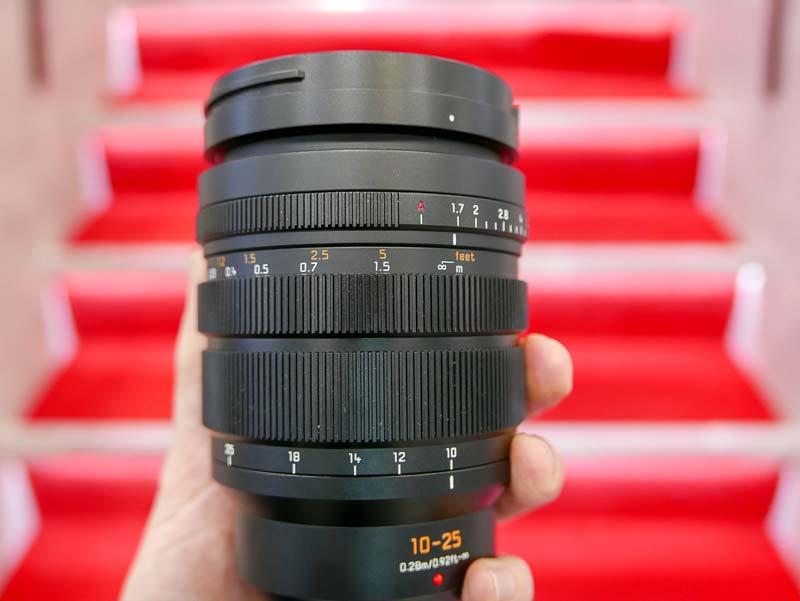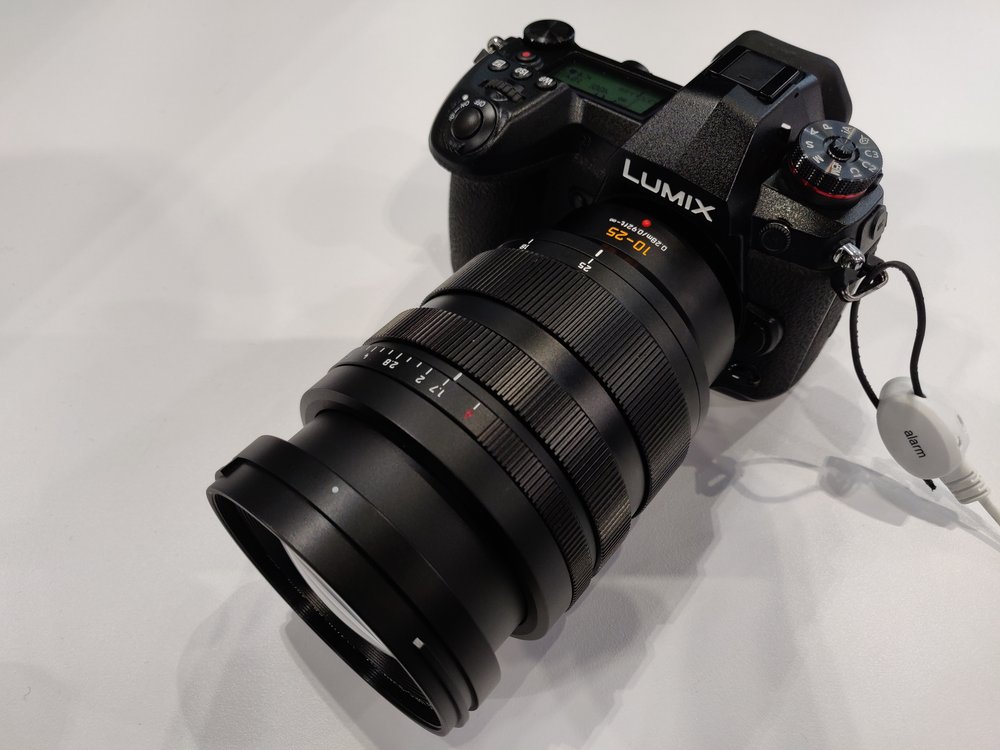We have another article in progress about Fujifilm’s Fujinon XF 18-120mm f/4.0 LM PZ WR stills and video zoom lens but we were impressed by what Singapore-based wedding photographer and Fujifilm X-Photographer did with one mounted on an X-H2 that we just had to share it with you.
This video , there first one below, depicts her using the 18-120mm attached to an X-H2 to photograph workers at a floating fish farm located out to sea in Singaporean waters and it proves the value of having at least one zoom lens with a decent range from wide to long in your documentary photography and video production kit.
We’ve been waiting for exactly the right zoom lens to appear in Fujifilm’s X-mount lens collection for the longest time now, ever since investing in an X-Pro2 with a couple of fast prime lenses.
Could the Fujinon XF 18-120mm f/4.0 LM PZ WR be what we’ve been waiting for?
Fujinon XF 18-120mm f/4.0 LM PZ WR & Fujifilm X-H2

While waiting for Fujifilm to deliver on its promise to take video more seriously some years back, we had no choice but to invest in a Panasonic Lumix camera and Olympus zoom lenses for video production.
We were volunteering for a global human rights charity at the time and believed that the best way to communicate its message was to do it audio-visually, in still and moving images, and as the charity had absolutely no funding we bought our own gear for the charity’s work.
We still have a couple of those now rather old Lumix cameras that have no in-body image stabilization and our Olympus lenses aren’t stabilized either so our use of them for handheld video projects is a bit limited.
When we need to attend a rally or demonstration and must carry the bare minimum of gear while being prepared to shoot in-deep or from a distance we’ll pack one of the Lumix cameras with our Olympus M.Zuiko Pro Digital ED 12-40mm f/2.8 Pro zoom with its invaluable manual clutch focus mechanism and we’re confident we’ll be able to handle pretty much anything that comes our way, for photography at least.
If Olympus’ M. Zuiko Digital ED 12-100mm f/4.0 IS Pro zoom had been available at the time then we most certainly have bought that instead for its optical image stabilization.
Its f/4.0 maximum aperture would not have been a problem as we usually default to f/5.6 or f/8.0 for documentary photography anyway.
The Micro Four Thirds system’s Bayer sensors, smaller than the Fujifilm X System’s APS-C X-Trans sensors, have been delivering impressive results when processed in DxO PhotoLab Elite 6 using its DeepPRIME XD demosaicing and denoising functionality and we’re looking forward to DeepPRIME XD supporting X-Trans raw files soon.
We’ve been hoping that Fujifilm would take a leaf out of the Olympus, now OM Digital, professional prime and zoom lens design book and ensure that every new lens would have manual clutch focus.
Instead Fujifilm has taken a giant leap backwards and no new lenses since the Fujinon XF 14mm f/2.8 R, XF 16mm f/2.8 R WR and XF 23mm f/2.8 R have come equipped with manual clutch focus.
Oh dear.
The question then becomes, is the non-manual clutch focus Fujinon XF 18-120mm f/4.0 LM PZ WR up to the job, at least insofar as documentary photography goes?
Recent FujiGirl videos by Monday Tan, Photographer, sponsored by Fujifilm Singapore
We were so impressed by the video below that we added several more where Ms Tan makes documentary photographs with other recently-released Fujifilm cameras and Fujinon lenses, the X-T5. X-H2S and XF 56mm f/1.2 R WR.
Mindy Tan, Photographer: Fujifilm X-H2 with XF18-120mm – Travel Photography Kit (FujiGirl15)
“X-Photographer Mindy Tan pairs the Fujifilm X-H2 with the XF18-120mmF4 for day out in Singapore’s waters, to Ah Hua Kelong, a local fish farm in floating in the sea.”
Mindy Tan, Photographer: Fujifilm X-T5 with XF56mm1.2: Muay Thai Portraits (FujiGirl14)
“X-Photographer Mindy Tan pairs the Fujifilm X-T5 with the XF56mm1.2 R WR for an electrifying portrait shoot with Muay Thai fighters.”
Mindy Tan, Photographer: Fujifilm X-T5 x Trash Collector: Fujigirl13
“In episode 13, FujiGirl photographs with the Fujifilm X-T5 for a day with the Karung Guni – trash collectors who recycle and sort materials for profit.”
Mindy Tan, Photographer: Fujifilm X-H2S: Streets of Vietnam. HoiAn – Hue
“Hoi An to Hue, Vietnam. With the Fujifilm X-H2s, I travelled solo for 8 days in Central Vietnam, taking in the sights and smells, taking my time to enjoy the world.”
Links
- B&H Affiliate Link – click here to research and purchase or pre-order your choice of cameras, lenses and accessories for stills photography and video production whatever your genre and subject matter.
- B&H Affiliate Link – Fujifilm
- B&H Affiliate Link – FUJIFILM X-H2 Mirrorless Camera
- B&H Affiliate Link – FUJIFILM X-H2S Mirrorless Camera
- B&H Affiliate Link – FUJIFILM MHG-XT5 Metal Hand Grip for XT-5 Mirrorless Camera
- B&H Affiliate Link – FUJIFILM X-T5 Mirrorless Camera
- B&H Affiliate Link – FUJIFILM XF 18-120mm f/4 R LM PZ WR Lens
- B&H Affiliate Link – FUJIFILM XF 30mm f/2.8 R LM WR Macro Lens
- B&H Affiliate Link – FUJIFILM XF 56mm f/1.2 R WR Lens
- DxO – website








































































